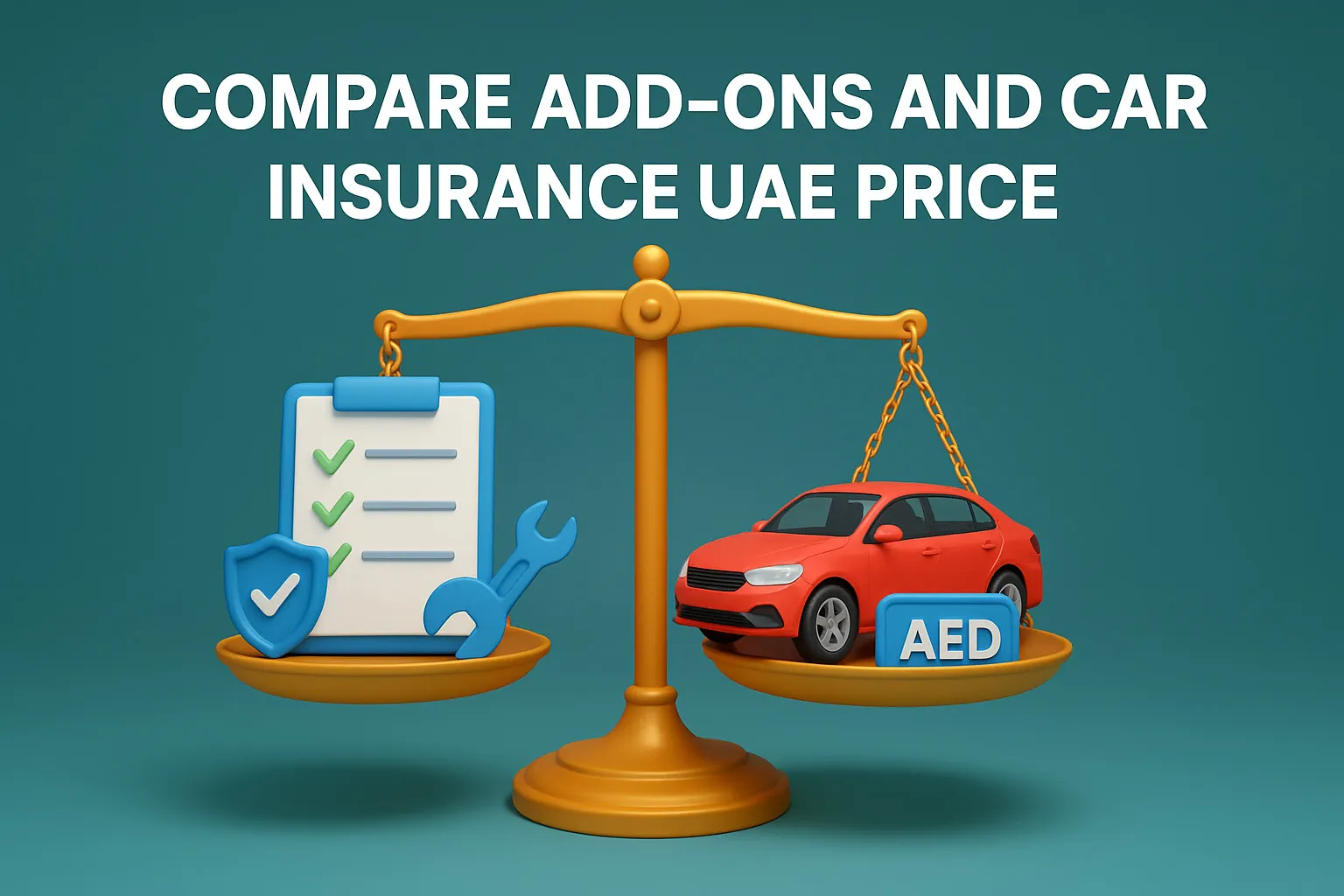Hello, everyone! Insurance is not just a piece of paper. It’s a promise to have your back when things get tough. But how do you measure how well an insurance company keeps its promise? Well, there are two important metrics that you should know about: the Incurred Claim Ratio and the Claim Settlement Ratio. Understanding these terms will help you decide when choosing your insurance provider. So, let’s dive in!
What Are Incurred Claim Ratio and Claim Settlement Ratio?
Incurred Claim Ratio (ICR)
The Incurred Claim Ratio, or ICR, is a number that tells you how much an insurance company has paid out in claims compared to the total premiums it has collected. It is calculated as:
Incurred Claim Ratio (ICR) = (Total Net Claim Paid / Total Premium Collected) x 100
For example, if an insurance company collects $1 million in premiums and pays $700,000 in claims, the ICR would be 70%.
Claim Settlement Ratio (CSR)
Claim Settlement Ratio, or CSR, on the other hand, indicates the number of claims that an insurance company has successfully settled compared to the total claims received. The formula for CSR is:
Claim Settlement Ratio (CSR) = (Total Closed Claims) / (Total Open Claims + Total Closed Claims)x100
If an insurance company received 100 claims and settled 95 of them, the CSR would be 95%.
Why Are These Ratios Important?
Gauge of Reliability
Both these ratios serve as indicators of an insurance company’s reliability. A high ICR usually means the insurance company is liberal in settling claims, which is good for policyholders. However, an extremely high ICR can be a red flag, indicating that the company might need to manage its funds better. On the other hand, a high CSR means that most claims are getting settled, building trust and goodwill among customers.
Informed Decision-Making
Knowing these ratios can help you make a more educated choice when picking an insurance policy. Would you want to go for a company with a poor track record of settling claims? Probably not. These ratios offer a quantifiable way to measure and compare the efficiency and reliability of different insurance providers.
How To Use These Ratios Effectively?
Balancing Act
Look at both rather than just one ratio. A company might have a high ICR but a low CSR, meaning it pays a lot but rejects many claims. On the other hand, a high CSR but low ICR could mean that it settles claims quickly but pays out less in settlements. Ideally, you want a company that has a healthy balance of both.
Industry Standards
Always compare these ratios against industry benchmarks or competitors. This gives you a context in which to evaluate these numbers.
Yearly Check-Up
Ratios can fluctuate yearly based on company policies, market conditions, or natural calamities. So, it’s advisable to check these numbers regularly.
Bonus Tip
Many companies offer additional perks like a dedicated claims manager to make the process smoother. This personalised service can be invaluable when going through a stressful claims process. So, remember to consider these ‘extra’ features when choosing a provider.
Additional Considerations
While the Incurred Claim Ratio and Claim Settlement Ratio are pivotal factors, it’s important to remember that they are not the only variables to consider when choosing an insurance provider. A holistic approach that considers customer service, types of coverage offered, and even special perks can yield a more comprehensive understanding of what an insurance company brings.
- Customer reviews and ratings: Do not underestimate the power of social proof. Read customer reviews and ratings before buying a new gadget or booking a hotel. A provider with many positive reviews usually indicates customer satisfaction and could imply a smoother claim process.
- Special benefits: Some insurance companies offer special benefits and rewards for their policyholders. This could range from discounts on medical check-ups to a rewards app that offers discounts from various brands. While not directly related to your coverage, these perks can add value to your policy.
- Quality over quantity: Don’t focus solely on the premium cost. Low premiums often mean less coverage or more exclusions. A slightly expensive policy with extensive coverage and a high ICR and CSR may be more beneficial in the long run.
- Consult experts: If you still need to figure out how to interpret these ratios or which plan best suits your needs, consult an insurance advisor or broker. They can help you navigate the sometimes complicated world of insurance and ensure that you make a decision that you’re comfortable with.
Final Words
By now, you should have a solid grasp of what Incurred Claim Ratio and Claim Settlement Ratio mean and why they are important. But remember, these ratios are just a part of the bigger picture. Weigh in on other factors like customer reviews, types of coverage, and even the small perks that can come with a policy.
Finding the right insurance company is like building a long-term relationship. It takes time, effort, and, most importantly, trust. So take your time, do your homework, and ensure you’re putting your faith in a company that deserves it. Because the best insurance policy gives you peace of mind, knowing you’re covered when you need it the most.







